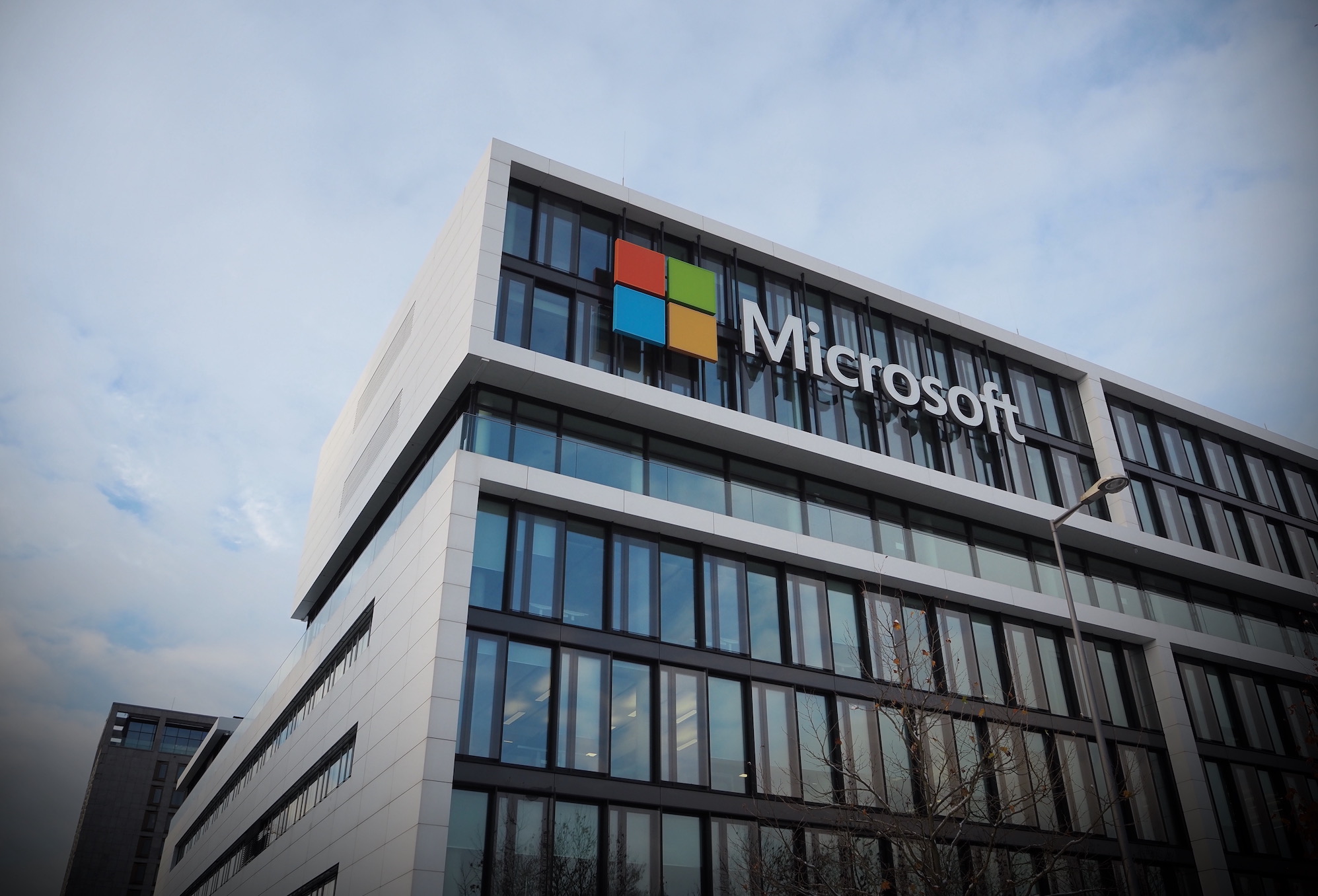TC+ Roundup: How to successfully buy another company

Good morning, and welcome to the end of another week!
In an overall quiet year, the last few months have been pretty spicy when it comes to M&A activity: Atlassian bought Loom; Cisco bought Splunk; and Microsoft finally closed on its bid to buy Activision.
Full TechCrunch+ articles are only available to members.
Use discount code TCPLUSROUNDUP to save 20% off a one- or two-year subscription.
But no matter the size of the deal, there’s a playbook that should be followed when acquiring another company, starting with assessing everything from business model to workplace culture. But as Ben Schippers, co-founder and co-CEO of HappyFunCorp, writes, the real work begins after the due diligence phase and when it’s time to incorporate the new company.
Thanks for reading!
Karyne
Raising without a deck is more common than you think

Image Credits: lerbank / Getty Images
Using a compelling pitch deck to help tell a company’s story is the norm. In fact, we have an entire weekly column dedicated to pitch decks, offering advice on how to make them better.
But sometimes success can be found without using a deck at all, which can offer various insights founders might miss if they rely too heavily on visuals in order to tell their story. “People tend to use a deck as an information dump. That is never going to work,” said Capstack founder Michal Cieplinski.
Get the TechCrunch+ Roundup newsletter in your inbox!
 To receive the TechCrunch+ Roundup as an email each Tuesday and Friday, scroll down to find the “sign up for newsletters” section on this page, select “TechCrunch+ Roundup,” enter your email, and click “subscribe.”
To receive the TechCrunch+ Roundup as an email each Tuesday and Friday, scroll down to find the “sign up for newsletters” section on this page, select “TechCrunch+ Roundup,” enter your email, and click “subscribe.”
Click here to subscribe
AI is finally resulting in real growth for Big Tech

Image Credits: Fink Avenue (opens in a new window) / Getty Images
Both Alphabet and Microsoft reported earnings this week, and one thing stood out: Solid future revenue growth at both companies is predicated on their AI tools. But not all AI tools are built equally. Alphabet is seeing lots of demand for generative AI and AI-powered services. Microsoft is seeing customer appetite for assistive AI–related tools for developers, as well as for cybersecurity and productivity.
Could this mean that the hype is finally being replaced by real demand?
The Davis-Bacon Act changes present a chance for startups to disrupt construction tech

Image Credits: Andrii Yalanskyi (opens in a new window) / Getty Images
The construction industry isn’t readily known as being one to “move fast and break things”; adopting innovative technologies is often slow.
But some recent amendments to the Davis-Bacon Act could open the door for startups to use technology-driven solutions to help legacy construction companies navigate the new rules.


